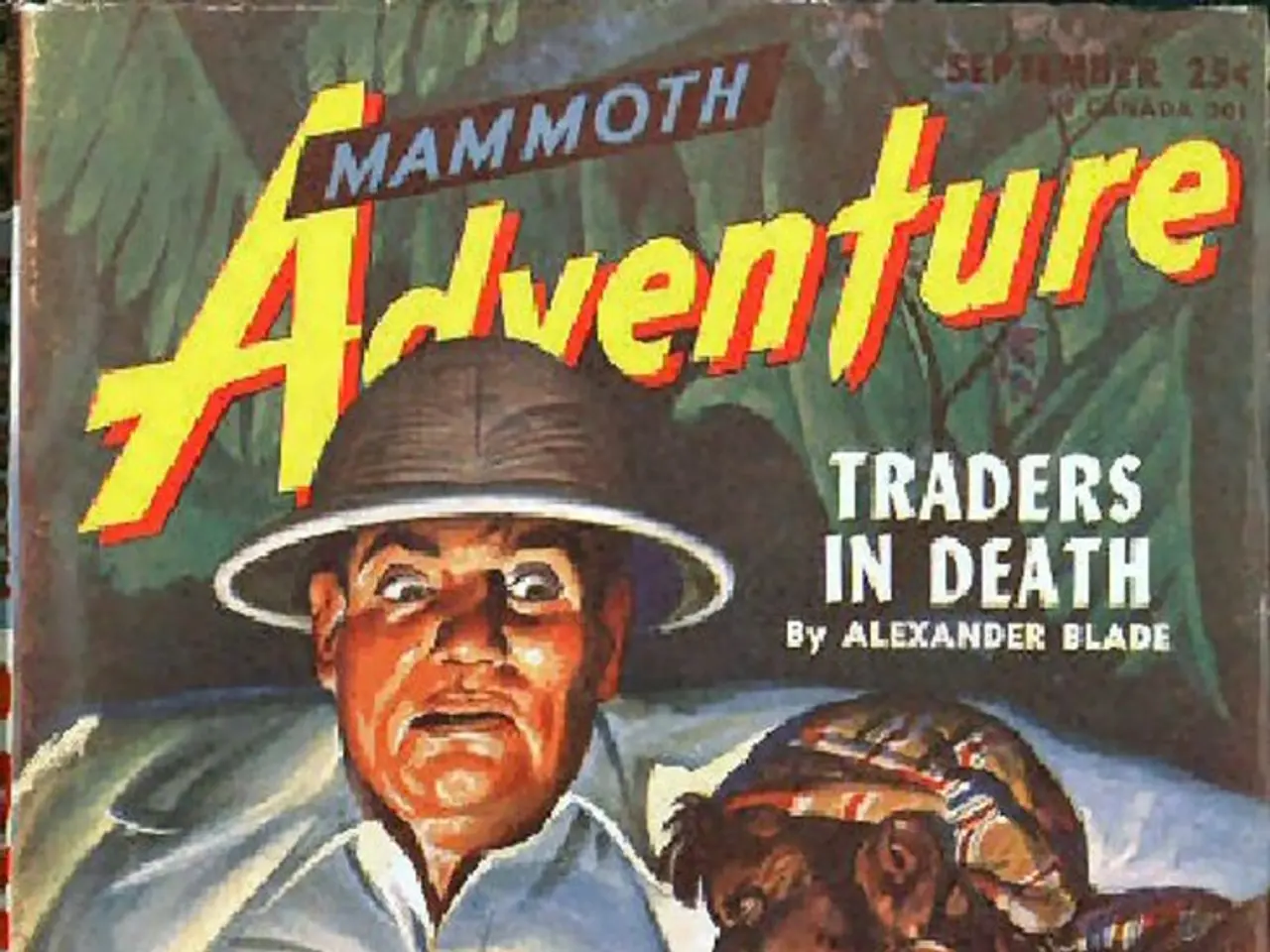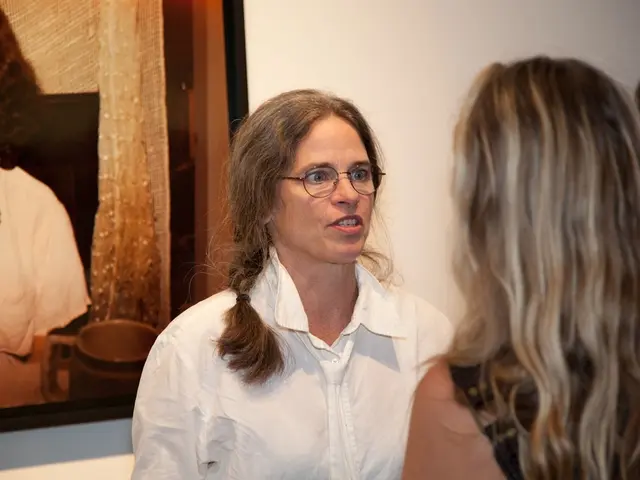Insights into the Romantic Movement Unveiled
Romanticism, an artistic and intellectual movement that flourished in Britain and Europe from the late-18th century, has left a lasting impact on art and intellectual discourse. This movement, which adored the natural world over the advance of industrialization, can be traced back to the 1780s, particularly after 1789.
The "big six" Romantics in Britain were William Wordsworth, Samuel Taylor Coleridge, William Blake, Percy Bysshe Shelley, John Keats, and Lord Byron. However, the movement was not limited to these celebrated male figures. Romanticism also included a more heterogeneous group, such as Mary Wollstonecraft, Walter Scott, Ann Radcliffe, Anna Laetitia Barbauld, and Charlotte Smith.
The Romantics were influenced by 18th-century literature, including works by Alexander Pope and William Cowper. Yet, they reacted against the Neoclassicism of the earlier 18th century, emphasizing passionate emotions over cold, hard reason, the imagination, and the importance of the individual.
Many of the Romantics, like Keats and Shelley, faced criticism and ostracism during their lifetime. They were not always respected, with figures like Byron and Shelley being particularly targeted. Despite this, the works of the Romantics continued to influence art and intellectual discourse in the 19th century and beyond.
The Romantics drew on a variety of traditions and sources, including works from other countries. The Grand Tour opened up Europe as a site of tourism for the Romantics, allowing them to draw inspiration from diverse cultures and landscapes.
In Britain, the heyday of Romanticism was the 1790s and the first two decades of the 19th century. During this period, several key figures of the Romantics, such as the Shelleys and Wordsworth and Coleridge, lived outside traditional societal structures.
The idea that the author is within themselves and their imagination, rather than waiting for the muse to strike, originated from the Romantic period and continues to influence how we think about creativity in the 21st century.
One of the most significant works of Romantic literature is Mary Shelley's Frankenstein (1818), which critiques the Romantic model of creativity. The movement's influence endured, but other cultural epochs, such as Realism, were introduced to counter it by the early 1820s.
Some Romantics, like Wordsworth, enjoyed success and popularity in their lifetime, while others, like Blake, were admired by a small group from the outset. The most significant authors of Romanticism in Great Britain include William Blake, known for his poetry and mystical visions, and Joseph Mallord William Turner, who, although primarily a painter, contributed to the Romantic movement's artistic expression in Britain.
Daisy Hay, associate professor in English Literature and Life Writing at the University of Exeter, has written extensively on the Romantics. Her books, such as Young Romantics: The Shelleys, Byron and Other Tangled Lives and The making of Mary Shelley's Frankenstein, offer insights into the lives and works of these influential figures.








